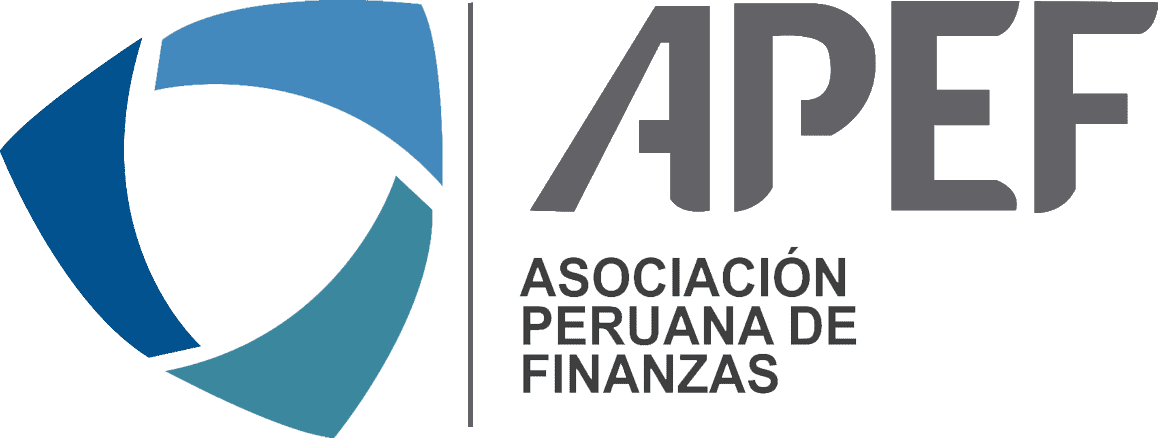Must reads We keep an ear to the ground for the interesting stats, insights

5 must reads for the weekend
We keep our ear to the ground for the interesting stats, insights and discussion points you need to feel in the know.
1. Succession crisis or advantage?

In Brazil, family firms are in the majority, although just one in 10 worldwide survives to the third generation. “The first generation starts a business, the second generation runs it, and the third generation ruins it” goes the saying, while in Brazil there is a similar expression: “Rich father, noble son, poor grandson.” But, the remarkable rise of battery manufacturer Baterias Moura is a South American success story. A dream that began as a backyard project for chemical engineers and dynamic husband and wife team, Edson and Conceição Moura, is an unprecedented success 65 years later. Today, the firm is the leading manufacturer of car batteries in South America, producing 10 million units a year and employing 6,500 employees, including 3,200 locally. But this success didn’t come without challenge. With a growing family between them that today numbers 14 grandchildren and 21 great-grandchildren, which of them should take on the business? The outcome could be “chaos.” But a potential succession crisis, was turned into an advantage…
How Baterias Moura enabled success through succession
2. A ‘day in the life’ of…

“My first difficult decision of the day – what do I wear to work? I cannot identify the color of my clothes and whether or not they match, however, thankfully this is where technology comes in handy.” Chandni Sony is a Tax Manager in the Global Internal Tax Group at EY, based in the London office. «I have Retinitis Pigmentosa, which is a progressive eye condition I was born with,” says Chandni, who is registered blind, with her current vision limited to light perception. “Does my eye condition result in daily challenges in my personal and work life? Absolutely! But over time and with advancements in technology, I have learned to work around them.” By sharing her daily routine, Chandni hopes to show others that working with a disability, does not limit your professional capability.
A Day in the Life of Chandni, Tax Manager at EY
3. People at the center

While the potential of GenAI (generative AI) may be great, humans will remain central to the technology’s success, according to Lyn Bird, VP Transformation at Microsoft Corp. She contends that in virtually every scenario, a human/machine partnership significantly outperforms a person or a machine working in isolation. “We need to approach GenAI with a ‘person at the center’ design mindset,” Bird says. “The combination of the person and the machine is very powerful, especially in tax, because of the technical know-how and depth of knowledge that practitioners can bring to that partnership. When you put an ethical and compliant person at the center, they can guide and validate the work being carried out by GenAI at specific points during a process.” Today, we are familiar with this person/machine relationship in our personal lives too. Bird states that motorists rarely follow satellite navigation directions without questioning and validating the instructions being offered, for example. So as GenAI is embedded into the world of tax, the time is now to focus on this person-centric approach.
How generative AI might help tax functions tackle challenges
4. A moment for course correction in offshore wind

After years of success, offshore wind is at a crossroads. Often cited as the closest thing we have currently to a sustainable form of baseload energy generation, offshore wind will be essential to global decarbonization, but has experienced a difficult 12 months. Supply chain problems have resulted in global project costs rising by 38% since 2019. Schemes in late-stage development are being delayed, or even canceled, by developers that say increased equipment and construction costs mean they can no longer make a return on their investment. That said, the sector certainly isn’t broken. Germany’s first dynamic offshore wind auctions, in July, attracted bids totaling €12.6b (US$13.46b) for projects in the North Sea and the Baltic Sea. Other markets including Ireland, the Netherlands and Lithuania, have also successfully concluded offshore wind tenders. The sector has reached this inflection point at a crucial time, with UN Climate Change Conference (COP 28) just around the corner from 30 November to 12 December. So, what’s next for offshore wind and its major role in decarbonizing the world?
Are the global winds of change sending offshore in a new direction?
5. Seizing GenAI

GenAI is dominating headlines and transforming entire industries, but private equity is among the sectors leading the way. In fact, 74% of PE-backed companies are already using AI solutions in their transaction process or are piloting potential solutions, according to the latest EY CEO Outlook Pulse survey. But that’s not all. Generative AI has driven seven times more venture capital funding in the first half of 2023 compared with all of 2022. “Many PE firms are urgently exploring generative AI use-cases and pilots, intuitively sensing that this new technology will provide immediate value-creation opportunities” writes Bridget Walsh, EY Global Private Equity Leader. “Some are already experimenting with large language models (LLMs) to analyze market trends and patterns, to manage documents faster and easier, and to automate back-office and customer-facing functions.” Whilst these are a good step forward, moving fast requires firms to address strategic challenges too. But what are the moves that PE firms can take to seize the opportunities of generative AI? Bridget shares her thoughts.

